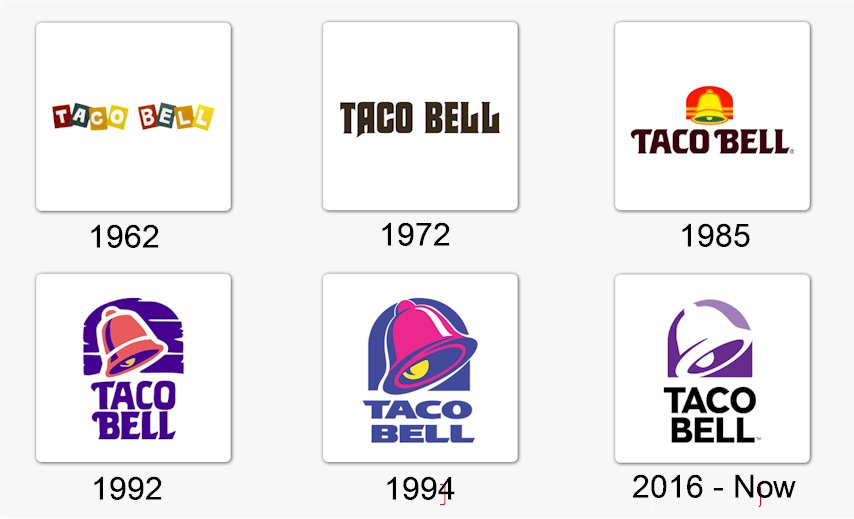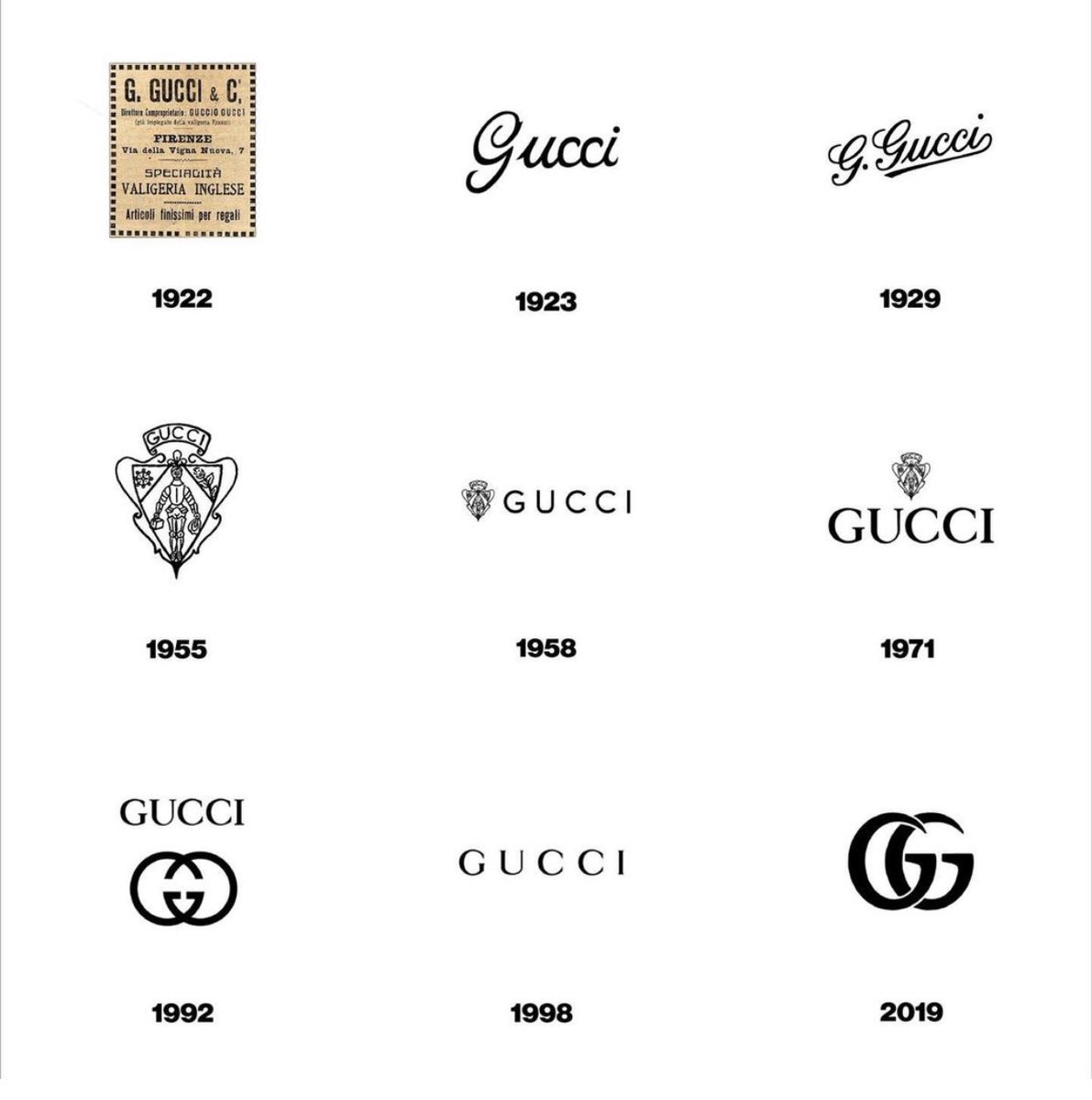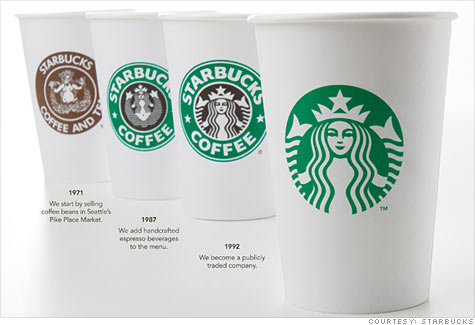Rebranding saved brands in various ways. But do you face the same issues? Has the excitement left your brand? Are sales trending down? It could be time to try a fresh approach by rebranding. Brand repositioning will mean updates to your message, your value proposition, and your marketing strategy to keep up with evolving demographics. We’ll examine six successful examples of brand repositioning from major companies to learn how we can work them out.
There’s no single signpost that marks the time for brand repositioning; it’s often a combination of several critical factors. Some of the signs might be:
- A downward trend in sales
- A shrinking core audience
- Industry shakeups (new technology, new business models, new competitors)
- A disconnect between marketing messaging and the topics brought up by real customers
- Product line updates that are out of sync with your old brand promise
- An outdated value proposition for the current culture or market
- Lack of brand appeal to younger generations
- We need to pivot away from brand confusion or negative associations
All are examples of brand repositioning catalysts for SMBs and global enterprises alike. For some companies, this is an opportunity to finally get a real foothold in the market and scale up—often in ways that weren’t working (or possible) with their old positioning. For established names, successful brand repositioning can refresh a stale image or renew interest in a historic brand.
How far you go will depend on one question: Is it your positioning (target audience, message, value proposition) or your core brand identity that needs a refresh?
Brand Repositioning or Rebranding?
A brand repositioning strategy is not a complete remake of your company’s identity — it’s a calculated adjustment. You’re aiming to update your brand’s status, associations, personality, or core message while retaining a continuous, recognizable identity. Brand repositioning can offer a new path forward (and upward) when growth has stalled, competitors are taking the lead, or customers aren’t connecting with your company like they used to. In other words, companies reposition to keep up with evolving customer needs.

Rebranding, by contrast, is a more wholesale effort. A rebrand could involve changes to your brand name, logo, core product, business model, and more. Everything about your brand identity is on the table. Rebranding tends to be reserved for times when companies are failing and need to rediscover their identity (or move past a crisis in the press). A business rebrands to get a fresh start.
Let’s assume, however, that you’ve determined a repositioning strategy will be the best opportunity for renewed company growth. Where to start? It can help to look at effective examples of brand repositioning from recent history as models. And actually, we’ve got a few in mind! Rebranding saved brands, and here are some of the road maps.
Six Successful Examples of rebranding saved brands
1. Taco Bell — Cheap Mexican Food to Youth Lifestyle Brand
Do you remember the “Yo Quiero Taco Bell” chihuahua? The slogan amused me at first, and it came to represent Taco Bell’s old brand identity: cheap Mexican fast food with an oft-parodied mascot. The approach that set the brand up as an international name didn’t work forever, though. Amid falling sales and stronger competition from other brands, Taco Bell set out to change the narrative.
They were, and still are, a major fast-food brand, but they needed to stake out a position that could do more to excite and energize their customers. The launch of the experiential new “Live Mas!” (“live more”) slogan coincided with several other positioning changes:
- Opening upscale Taco Bell “Cantina” locations with urban restaurant design, an open kitchen, a custom menu, shareable appetizers, and even alcoholic beverages.
- Menu experiments include breakfast options and the stylish Doritos Locos Tacos.
- Subtly refreshed branding (which kept the iconic bell but used a more contemporary and energetic font)
- Revamped interior design
These shifts not only targeted more discerning consumers but also positioned the brand as an experience. Taco Bell has quickly become a lifestyle brand. A savvy, meme-centric social media strategy has helped express this identity and connect with Taco Bell’s teen and 20-something core audience. Check out this hilariously spicy exchange with another brand on our list:
This kind of real-time engagement (with other brands and customers) makes Taco Bell more relatable, funny, and human. They’ve been widely praised for this successful brand repositioning strategy, especially as it relates to social media.

2. Gucci — Sleek and Sexy to Insta-Worthy and Progressive
Gucci was a highly successful brand in the mid-2010s, but its audience was aging. The controversial, provocative, and bold aesthetic that made Gucci famous wasn’t appealing to Millennials because it didn’t speak to their cultural moment.
Marco Bizarre took over as CEO in 2015 (along with new Creative Director Alessandro Michele) and introduced an ambitious brand repositioning strategy. Gucci would retain its Italian roots and extravagance, but also become more contemporary. But what would make Gucci especially attractive to younger generations?
Gucci took steps to emphasize a progressive mindset, such as:
- A new focus on Instagram-style communication
- A polished up logo that took center stage on all products
- A welcoming and empowering stance on gender fluidity
These sorts of changes led Gucci into a highly lucrative period over the next five years (their best so far). Financially and socially, the above examples of brand repositioning strategies bore fruit. Fashion influencers have been enthralled by Gucci’s transformation from glossy and seductive to quirky and activist (and just as bold!).

3. Starbucks — A Catch-All Third Place to a Quality Cup of Coffee
Howard Schultz had already changed the game by positioning Starbucks coffeehouses as a “third place” (home, work, Starbucks) for a social time in our daily lives. The brand’s original positioning strategy proved a massive success and launched a global enterprise.
But by 2008, rapid expansion had made it difficult to scale the quality of service along with the number of their locations. The brand had also diluted its artisanal coffeehouse image by dabbling in non-coffee products (like music). The Great Recession was the last straw. More than 900 Starbucks stores closed while American consumers turned to cost-effective alternatives like McDonald’s to cope with their tighter budgets.
These factors all played a role in a significant brand repositioning to renew the coffee juggernaut’s status in the market. Starbucks launched its largest marketing campaign in company history, “coffee value and values,” to reassert the quality of their product and reassure consumers that it was worth the extra cost. Ads used lines like:
- “Beware of a cheaper cup of coffee. It comes with a price.”
- “Starbucks or nothing. Because compromise leaves a really bad aftertaste.”
- “If your coffee isn’t perfect, we’ll make it over. If it’s still not perfect, you must not be in a Starbucks.”
It worked. By 2014, the company was back in the black with a record $16 billion in annual revenue. However, Starbucks offers one of the strongest examples of brand repositioning as a “what’s old is new again” strategy. They stripped a diluted, fragmented, or compromised core message back down to its roots (a really, really good cup of coffee) and refreshed the brand’s value proposition in the process. There comes the basic point of rebranding saved brands.

4. Old Spice — Smells Like Grandpa to “Smell Like a Man, Man”
Once upon a time, Old Spice was 70 years old, and so were its biggest fans. The new brand “Axe” disrupted the men’s body wash market with sleek styling and fresh, energetic advertising. Meanwhile, in the public mindset, Old Spice was just…old.
Younger consumers barely noticed Old Spice before NFL player Isaiah Mustafa told us that “the tickets are now diamonds” and “anything is possible when your man smells like Old Spice and not a lady (I’m on a horse).” If you missed it in 2010, here’s the commercial that relaunched Old Spice’s ship:
Hundreds of commercials and social videos later — including a hilarious real-time feud with Fabio over who would be the next brand spokesperson — Old Spice was once again a red-hot category leader. It only took six months for the ad campaign to boost sales of their body wash by 27%.
Business Insider reported a year after the launch of the “Smell Like a Man, Man” campaign that Old Spice had taught us all a valuable lesson: “A clever ad + smart use of social media can produce a fresh identity, even for a brand that many associate with their grandfather’s deodorant.”

5. Veolia Environmental Services — Waste Management to Social Responsibility
The four examples of brand repositioning above all focus on a B2C space, but B2B brands can also benefit from re-examining their positioning. Moreover, Veolia Environmental Services, a waste management brand with operations in 35 countries, handles hazardous and non-hazardous waste removal for private companies and public authorities alike. While essential, it’s not a “sexy” industry to be in, making it harder to differentiate yourself from the competition.
B2B marketing presents its challenges, too. As Veolia marketing manager Wayne Foy told MarketingWeek:
“You are more often than not dealing with professionals who are as knowledgeable about the service or product they are buying as the seller. They aren’t spending their own money, can’t always make autonomous decisions, and are often rewarded for achieving the best possible deal. Combined with an often protracted purchasing cycle and the need to build strong relationships, all these factors make the buying decision and marketing challenges quite different.”
This is all to say that B2B customers are filling needs, not wants, and must consult decision-makers before making a bottom-line decision. Unlike in B2C, emotions are secondary. How much can brand repositioning help when your value proposition comes down to rational facts, not positive identity associations?
Veolia proved that positioning does matter by winning a MarketingWeek award for its efforts to redefine its brand. A visual, progressive, nature-centric marketing campaign highlighted Veolia’s social responsibility using wildlife imagery (linked to their sponsorship of the Wildlife Photographer of the Year competition).
The judges were effusive. “This tremendous example of brand repositioning,” they said, “showed how the unpromising subject of waste management can transform itself. In a category not known for its creativity, it transformed awareness of all stakeholders.” Even logic-centric B2B brand positioning can be attractive, evocative, and full of life.

6. Spotify — Free-Music-With-Ads to Content Creator & Tastemaker
Not all examples of brand repositioning are necessitated by stale or outdated strategies. Transformative crises like COVID-19 reshape business models and consumer needs across the spectrum, nearly overnight. One way to respond to a crisis is to reposition your brand to better serve the “new normal.”
Spotify might seem like a brand well-positioned to thrive in a pandemic — it’s digital, remote, and provides stressed or struggling customers with a welcome escape. However, Spotify also relies heavily on revenue from the advertisements it serves to its many free listeners. COVID caused many advertisers to cut budgets, and this business model struggled.
This required a pivot towards a more successful model for the market — one that has already proven profitable with brands like Netflix. Spotify repositioned itself in two essential ways:
- They increased their focus on original content like podcasts and Spotify Originals.
- They put enormous effort into curated playlists (from internal experts, external experts, AI, and celebrities).
This strategy positioned Spotify as a tastemaker and content creator, not just a music provider. However, the results speak for themselves. Artists and customers uploaded over 150k podcasts in just one month. Moreover, exclusive celebrity podcast deals and artist-curated playlists exploded. Subscriptions are doing well — and so is Spotify. Rebranding saved brands in various ways.

Summing Up
3 Lessons From These Examples of rebranding saved brands
- Check on your demographics – Are you reaching who you want? What do you need? Sometimes a shift in messaging can open up a new demographic or revitalize a core one.
- Solve for today – The market changes, technology changes, and culture changes. Thus, change course to stay relevant.
- Go big! – A dramatic or creative change might seem risky, but that’s often what it takes to attract attention. And if you’re considering a brand repositioning strategy, you’re here to shake things up.






















